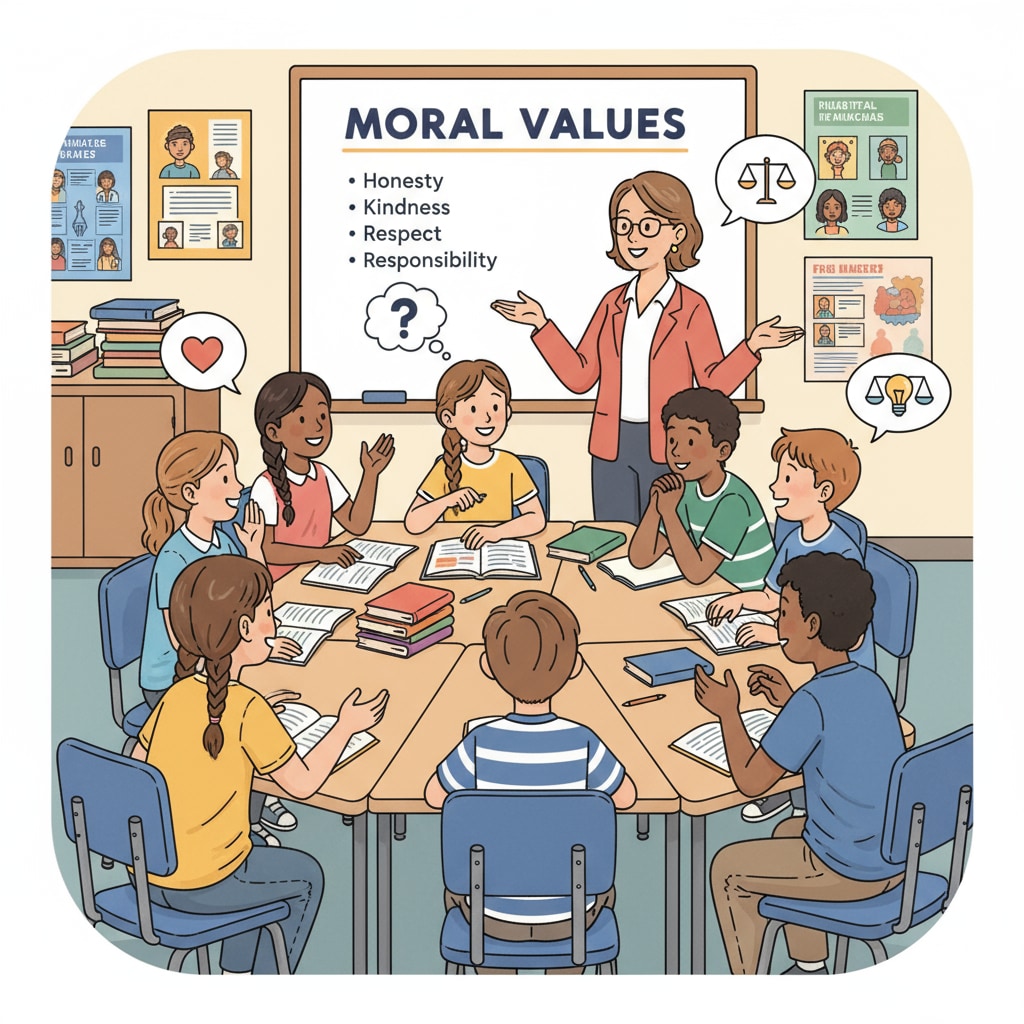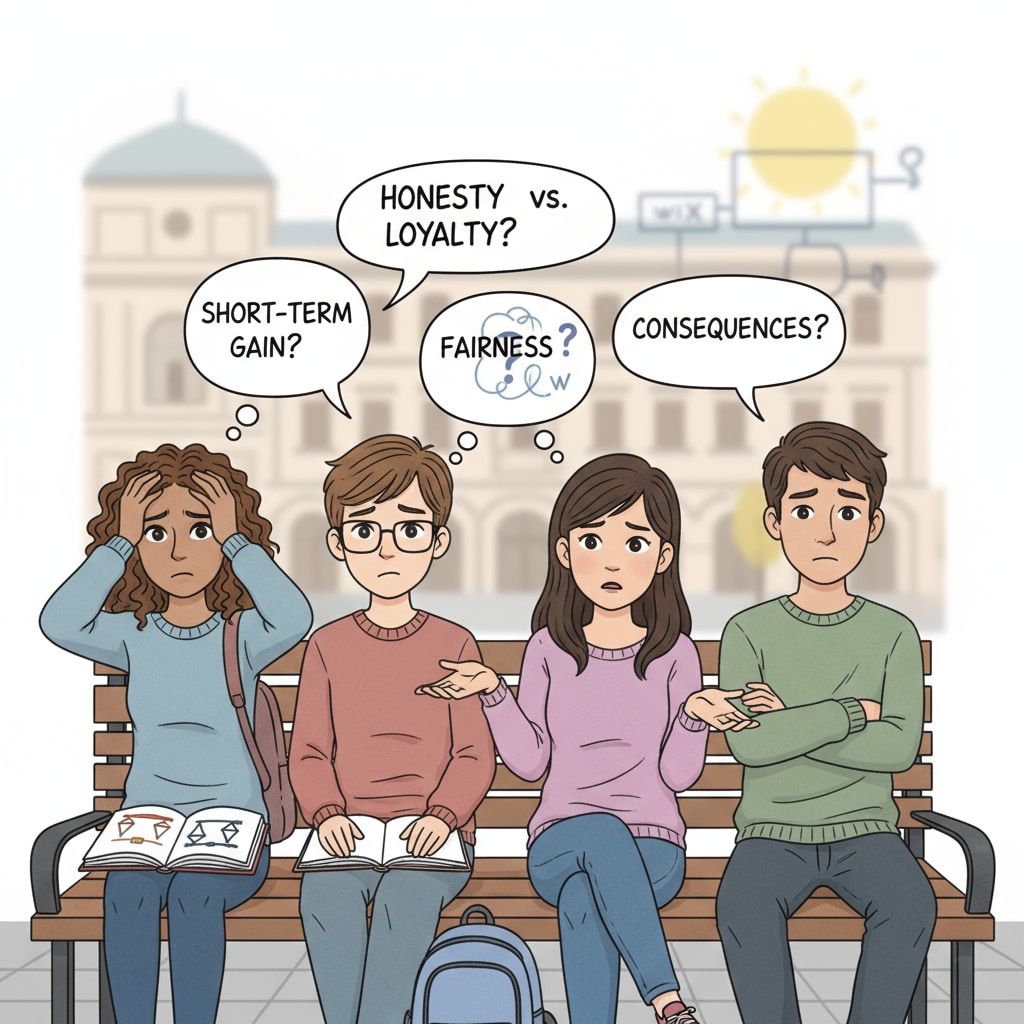In modern society, moral relativism, the decline of shared values, and social polarization have presented K12 education with unprecedented moral education dilemmas. As values become increasingly diverse, the traditional moral compass seems to be losing its direction. This not only affects the healthy growth of teenagers but also poses a significant challenge to the educational system.

The Impact of the Lack of Shared Moral Values on Teenager Growth
Shared moral values serve as the foundation for a harmonious society. However, in today’s fragmented social environment, the lack of such values can have a profound impact on teenagers. For example, without a common moral framework, adolescents may find it difficult to distinguish right from wrong. This confusion can lead to impulsive behaviors and a lack of social responsibility. According to American Psychological Association’s research on moral development, during the K12 stage, young people are highly impressionable, and the absence of shared moral guidance can hinder their moral maturity.

The Predicament of Moral Relativism in School Education
Moral relativism, which posits that moral judgments are subjective and vary from culture to culture or individual to individual, has permeated school environments. Teachers often face the challenge of teaching moral concepts in a way that respects diverse views while still instilling fundamental moral principles. In addition, the rise of moral relativism makes it hard to establish a unified value system in schools. As a result, students may be left adrift, not knowing which moral standards to follow. Britannica’s article on moral relativism further elaborates on this complex issue.
To address these challenges, schools need to take proactive measures. First, they can incorporate more in-depth moral education courses into the curriculum. These courses should not only introduce different moral theories but also encourage students to think critically about moral issues. Second, creating a positive school culture that promotes shared values such as respect, kindness, and responsibility can help students internalize these values. Finally, involving parents and the community in moral education can provide a more comprehensive support system for students’ moral growth.
Readability guidance: By following these strategies, schools can better navigate the complex landscape of moral relativism, shared values, and social polarization. They can help students develop independent moral judgment skills and contribute to the reconstruction of value consensus in society.


